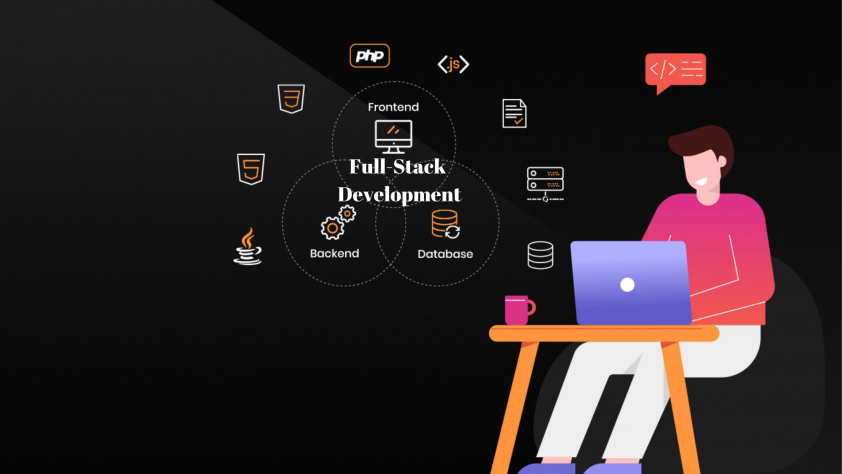Front-end development, often referred to as client-side development, is the art and science of crafting the user interface and experience on the web. It encompasses a wide range of technologies and practices, with the core goal of creating visually appealing, interactive, and user-friendly websites and web applications. In this comprehensive exploration, we’ll delve deeper into the principles, best practices, and key components of front-end development.
HTML5: The Foundation of Content
HTML5, the fifth and latest version of Hypertext Markup Language, is the foundation upon which web content is structured. It brings a plethora of new elements and attributes that provide semantic meaning to web documents. These elements include <header>, <nav>, <article>, <section>, and <footer, among others.
Front-end developers use HTML5 to:
- Create the structural framework of web pages, defining the layout and hierarchy of content.
- Organize content in a way that is both meaningful for search engines (SEO) and accessible for users with disabilities.
- Embed multimedia elements, such as images, audio, and video, enhancing the richness of web content.
- Construct forms for user input and interaction, such as contact forms or search boxes.
CSS3: The Artistic Palette for Design
Cascading Style Sheets, or CSS, is the styling language responsible for the visual aesthetics of web content. CSS3, the latest version of CSS, introduces a wide range of features and capabilities for web design. It allows front-end developers to precisely control the appearance and layout of web elements.
Front-end developers use CSS3 to:
- Apply styles, such as colors, fonts, margins, and borders, to HTML elements, ensuring a consistent visual identity.
- Maintain design consistency across different devices and browsers by employing responsive design principles.
- Create captivating animations and smooth transitions that enhance the user experience.
- Implement complex layouts and grid systems, optimizing the visual structure of web pages.
JavaScript: The Dynamic Enabler
JavaScript is a dynamic scripting language that empowers front-end developers to add interactivity and dynamic behavior to web pages. It’s a critical component for creating engaging user experiences and responsive web applications.
Front-end developers use JavaScript to:
- Enhance user interactivity by creating features like image sliders, form validation, and real-time updates.
- Validate and process user input within web forms, ensuring data accuracy and user-friendly feedback.
- Manipulate and update web page content dynamically, without the need for full page reloads.
- Interact with third-party APIs (Application Programming Interfaces) to fetch and display external data, such as weather information or social media feeds.
Responsive Design: Adapting to All Screens
In today’s digital landscape, users access websites and applications on a variety of devices, from desktop computers to smartphones and tablets. Responsive design is a fundamental aspect of front-end development, ensuring that the user experience remains optimal across different screen sizes and orientations.
Front-end developers implement the responsive design by:
- Creating fluid and flexible layouts that adapt seamlessly to various screen dimensions.
- Employing media queries to adjust styles and layouts based on the user’s device characteristics.
- Optimizing images and multimedia assets for quick loading and optimal display on mobile devices.
- Prioritizing touch-friendly navigation and interactions for mobile users, enhancing usability.
Frameworks and Libraries: Efficiency and Consistency
Front-end development often involves the use of frameworks and libraries to expedite development and maintain design consistency. Popular front-end frameworks like Bootstrap and Foundation provide pre-designed user interface components, responsive grids, and CSS styles that streamline the development process.
Front-end developers benefit from frameworks and libraries by:
- Reducing development time and effort through ready-made UI components and responsive grids.
- Ensuring design consistency across web applications by adhering to predefined styles and patterns.
- Leveraging community-driven support and documentation to resolve issues and challenges efficiently.
- Keeping up-to-date with evolving best practices and design trends within the framework’s ecosystem.
In conclusion, front-end development is an intricate and dynamic discipline that plays a pivotal role in shaping the digital user experience. By harnessing the power of HTML5, CSS3, JavaScript, and responsive design, front-end developers create visually stunning, interactive, and user-centric web experiences that cater to the diverse needs of modern users across a multitude of devices and platforms.



